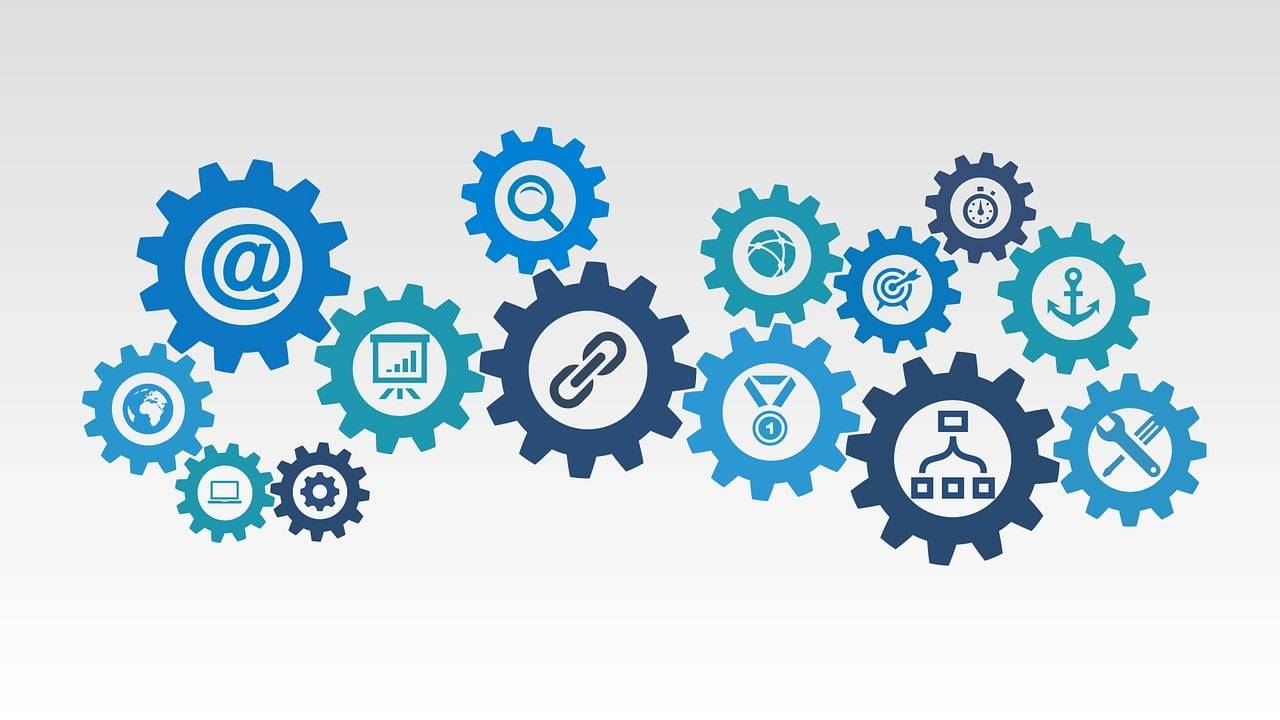
Unleashing the Power of Effective Caching Strategies
In today's fast-paced digital world, having a website that delivers exceptional performance is crucial for success. Slow-loading websites can lead to frustrated visitors, increased bounce rates, and lower search engine rankings. One effective approach to boost website performance is by implementing caching strategies. In this article, we'll explore the significance of caching and share valuable insights on how to optimize your website's performance through effective caching techniques.
Understanding Caching
Caching involves storing temporary copies of web page resources, such as HTML files, images, CSS, and JavaScript files, in a designated location. By doing so, subsequent requests for the same resources can be served faster, resulting in quicker page load times and improved user experience.
Types of Caching
-
Browser Caching
Browser caching is a technique where web browsers store a copy of static resources locally. By setting appropriate HTTP headers, you can instruct browsers to cache certain resources for a specified period. This enables subsequent page visits to be served from the cache, reducing the need to fetch resources from the server, and improving overall page load times.
-
Server-Side Caching
Server-side caching involves storing pre-rendered versions of dynamic web pages in the server's memory or on disk. This technique allows subsequent requests for the same page to be served from the cache, eliminating the need for resource-intensive database queries or complex server-side processing. Server-side caching can significantly reduce server load and improve response times.
-
Set Proper Cache-Control Headers
Configuring cache-control headers is crucial for browser caching. By specifying appropriate caching directives, such as expiration time or max-age, you can control how long resources should be cached by the browser. Utilize techniques like cache busting to ensure that updated resources are fetched when necessary.
-
Leverage Content Delivery Networks (CDNs)
CDNs distribute your website's static resources across multiple geographically dispersed servers. By delivering resources from a server nearest to the user's location, CDNs minimize latency and decrease load times. Utilizing a CDN can have a profound impact on the overall performance of your website.
-
Implement Server-Side Caching Mechanisms
Explore server-side caching mechanisms, such as opcode caching or object caching, to store frequently accessed data and minimize redundant calculations. Caching solutions like Memcached or Redis can significantly improve response times by reducing the processing required for dynamic content generation.
-
Use Conditional Requests
Implement conditional requests using techniques like ETags (entity tags) and Last-Modified headers. This allows the browser to check if a resource has been modified since it was last fetched, reducing the need to re-download unchanged resources.
-
Dynamic Caching
For websites with dynamic content, implement dynamic caching strategies. Generate cached versions of dynamically generated pages and serve them to subsequent visitors, reducing server load and improving response times. Utilize caching plugins or frameworks specific to your website's technology stack to simplify the implementation.
Conclusion
Enhancing website performance is crucial in providing visitors with a seamless browsing experience. By implementing effective caching strategies, you can significantly reduce page load times, decrease server load, and improve overall user satisfaction. Consider leveraging browser caching, server-side caching, CDNs, and conditional requests to optimize your website's performance. By adopting these caching techniques, you'll be well on your way to delivering a fast and efficient website that keeps visitors engaged and drives business growth.
